Introduction
Before you can make a great fish feed pellet, you must first create a perfect powder. The quality of your entire feed production process starts here. The fish feed grinder is the essential first machine in your feed-making line, and choosing the right one is critical for the quality of your final product.
This guide will break down everything you need to know to choose the perfect grinder for your farm, from understanding grind fineness to checking motor power.
Why the Right Grind is Crucial for Your Fish Feed
Choosing a good grinder isn’t just about turning big pieces into small ones. The quality of the grind has a direct impact on your feed and your fish.
For Better Mixing and Pellet Quality
A fine, uniform powder is much easier to mix with important micro-ingredients like vitamins and minerals. This ensures that every single pellet you produce is a complete, nutritionally balanced meal. This consistency also helps the feed bind together better during pelleting, creating stronger, more durable pellets that don’t crumble into dust.
For Improved Fish Digestion
Fish, and especially small fry or fingerlings, have very small digestive tracts. Grinding ingredients into very small particles makes the nutrients much easier for them to digest and absorb. Better digestion means your fish get more nutritional value from every bite, which leads to faster growth and less feed waste.
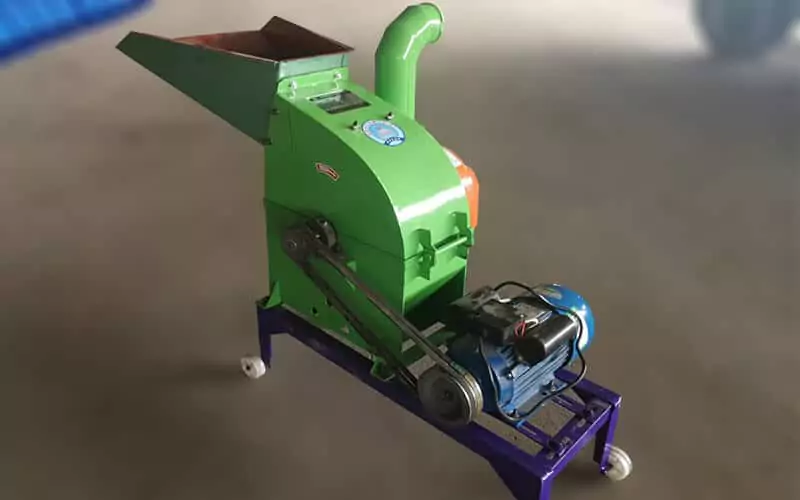
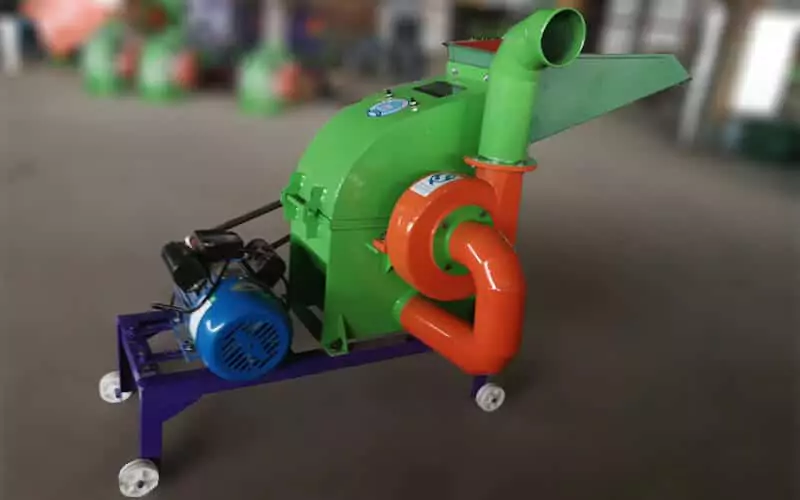
Understanding the Main Type of Grinder: The Hammer Mill
While there are several types of grinders, the most common and versatile machine used for making fish feed is the hammer mill.
What is a Hammer Mill?
A hammer mill is a simple and effective machine. Inside, a series of swinging hammers rotate at very high speed. When you feed your raw ingredients into the machine, these hammers shatter them against a perforated screen until the particles are fine enough to pass through the screen’s holes.
Why is it a Good Choice for Fish Feed?
The main advantage of a hammer mill is its versatility. It can efficiently handle a wide variety of common dry feed ingredients, from hard grains like corn and sorghum to softer, oilier materials like soybean cake.
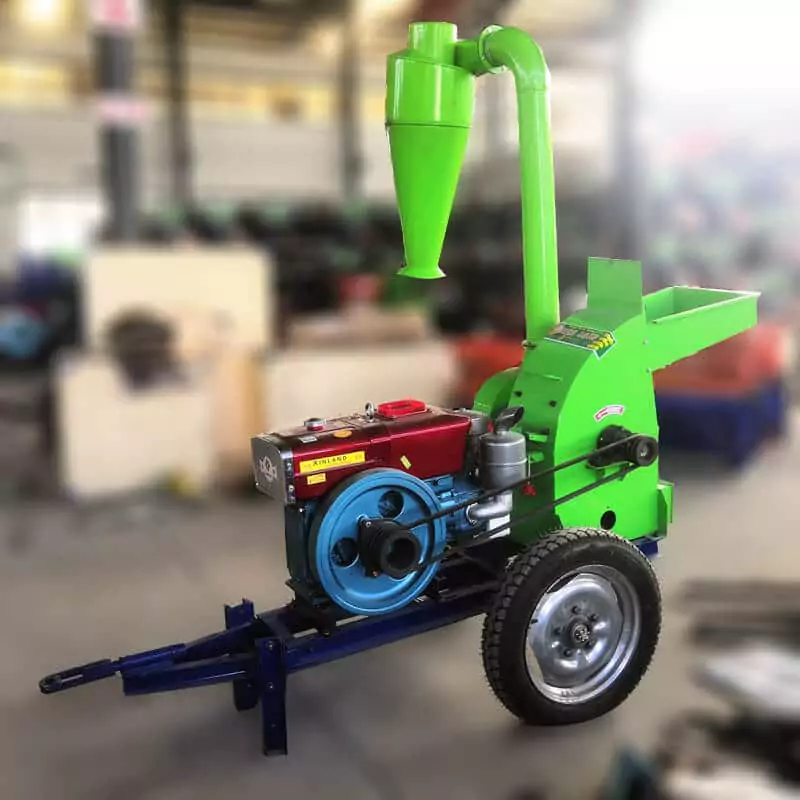
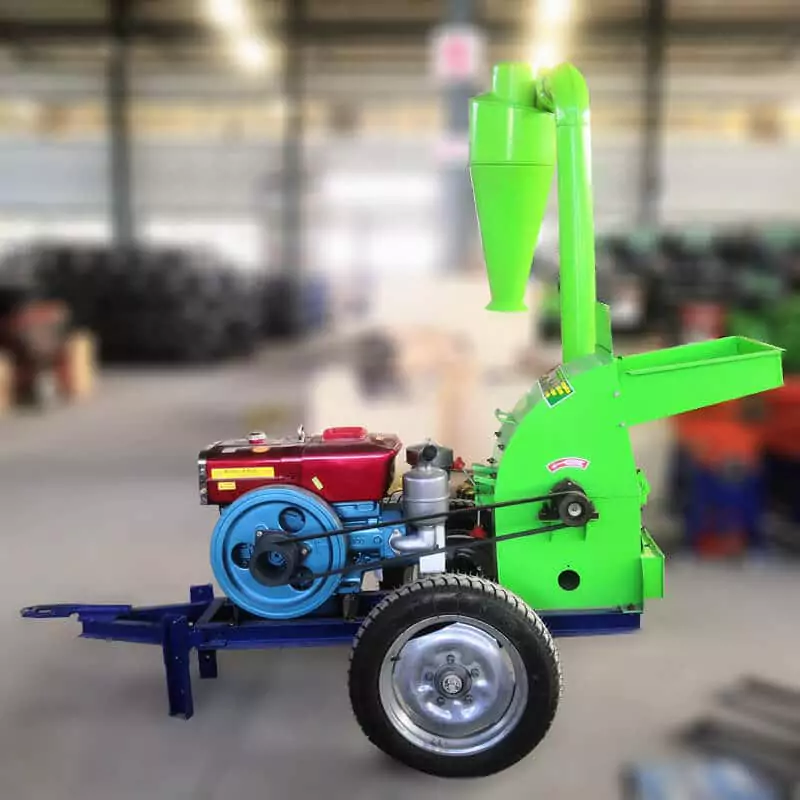
How to Choose Your Grinder: A 5-Point Checklist
Use this simple checklist to make sure you select the perfect grinder for your specific needs.
1. What is Your Target Fineness? (Screen Size is Key)
The fineness of your final powder is determined by the size of the holes in the grinder’s screen (also called a sieve). This is often measured by a “mesh number”—a higher mesh number means smaller holes and a finer powder. For fish feed, you need a fine powder.
Practical Advice: For fry, shrimp, or other small species, you need a very fine powder, which requires a screen of 60-80 mesh. For larger, adult fish, a slightly coarser grind of 40-60 mesh is often sufficient. Always choose a machine that allows you to change the screens easily.
2. How Much Capacity Do You Need? (in kg/hr)
Calculate the total amount of feed you need to produce each day. It is a smart practice to choose a grinder with a capacity that is 20-30% higher than your current maximum daily need. This gives you room to grow your farm without needing to buy a bigger machine right away.
3. What Ingredients Will You Grind? (Motor Power Matters)
Different ingredients require different amounts of power. Hard grains like maize or tough, fibrous materials will require a more powerful motor than soft, starchy ingredients. When talking to suppliers, tell them exactly what your main ingredients will be so they can recommend a machine with the right motor power for the job.
4. Wet or Dry Grinding?
This is a simple but important point. Standard hammer mills are designed for dry grinding only. This means your ingredients should have a moisture content of less than 15%. If you need to grind high-moisture or “wet” materials, you will need a completely different, specialized type of machine.
5. Build Quality and Ease of Maintenance
Look for a grinder that is built from heavy-duty steel, as it will have to withstand a lot of vibration. Also, check the design. A good machine will give you easy access to the screen and the hammers, as these are the two parts you will need to clean regularly and eventually replace.
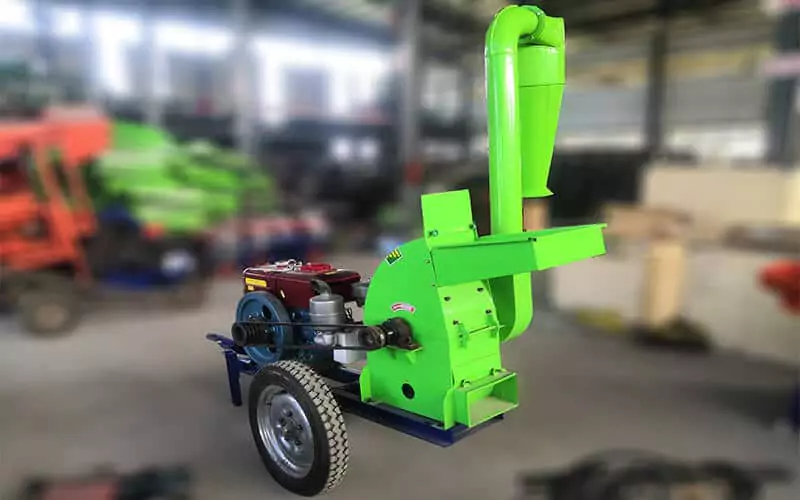

Tips for Getting the Best Performance from Your Grinder
- Feed the Machine Evenly: Don’t dump all of your ingredients into the machine at once, as this can clog the motor. Feed the material in at a steady, even pace for a better and more consistent grind.
- Regularly Check Screens and Hammers for Wear: A torn screen or worn-down hammers will make your machine much less efficient. They will use more electricity and produce a poor-quality powder. Inspect them weekly.
- Keep It Clean: After use, clean out the grinding chamber. This prevents old material from caking up inside and stops any cross-contamination between different feed batches.
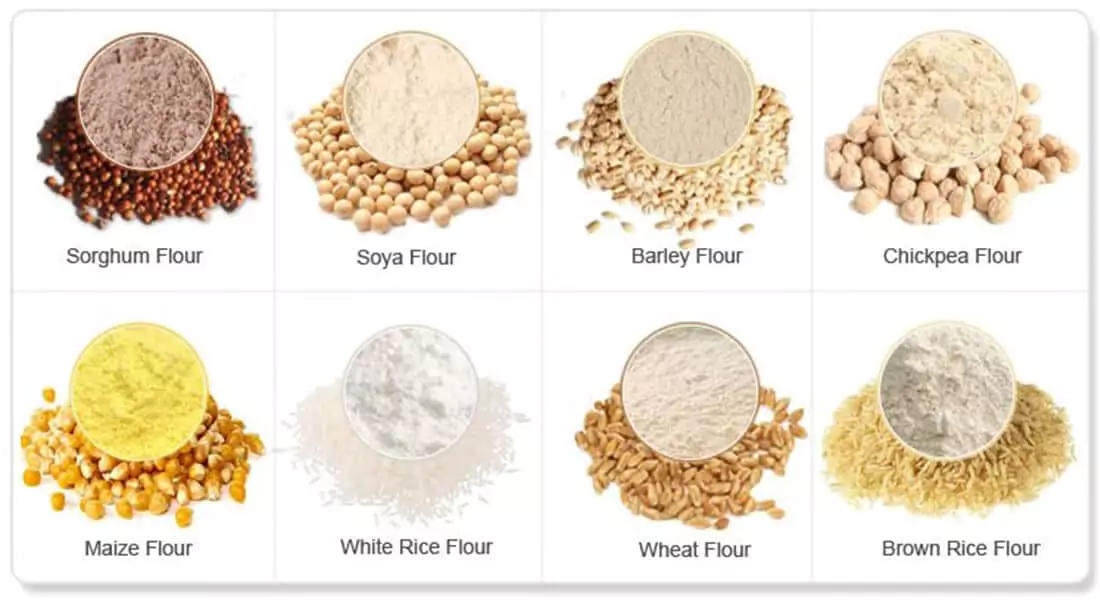
specification of Fish feed grinder machine
electric feed grinder machine
| Model | Electric Power(kw) | Output(kg/h) | Weight(kg) |
| VTFQ-320 | 3 | 100-300 | 50 |
| VTFQ-360 | 5.5 | 400-600 | 110 |
| VTFQ-400 | 7.5 | 700-900 | 160 |
| VTFQ-420 | 11 | 900-1200 | 180 |
| VTFQ-500 | 15 | 1200-1500 | 210 |
| VTFQ-600 | 22 | 1500-2000 | 500 |
| VTFQ-700 | 30 | 2000-3000 | 700 |
| VTFQ-800 | 37 | 3000-5000 | 1000 |
| VTFQ-900 | 45 | 5000-7000 | 1700 |
| VTFQ-1000 | 55 | 8000-100000 | 2400 |
diesel engine feed grinder machine
| Model | Diesel Engine Power(HP) | Output(kg/h) | Weight(kg) |
| VTFQ-320 | 4 | 100-300 | 50 |
| VTFQ-360 | 7 | 400-600 | 110 |
| VTFQ-400 | 10 | 700-900 | 160 |
| VTFQ-420 | 15 | 900-1200 | 180 |
| VTFQ-500 | 20 | 1200-1500 | 210 |
| VTFQ-600 | 30 | 1500-2000 | 500 |
| VTFQ-800 | 40-50 | 3000-5000 | 750 |
